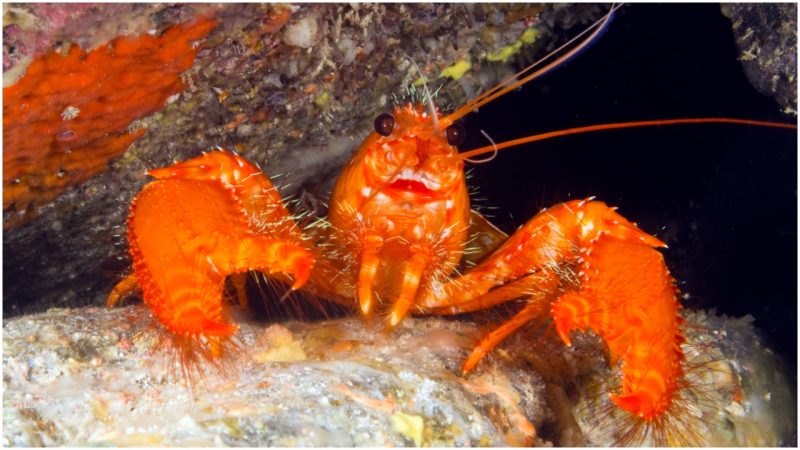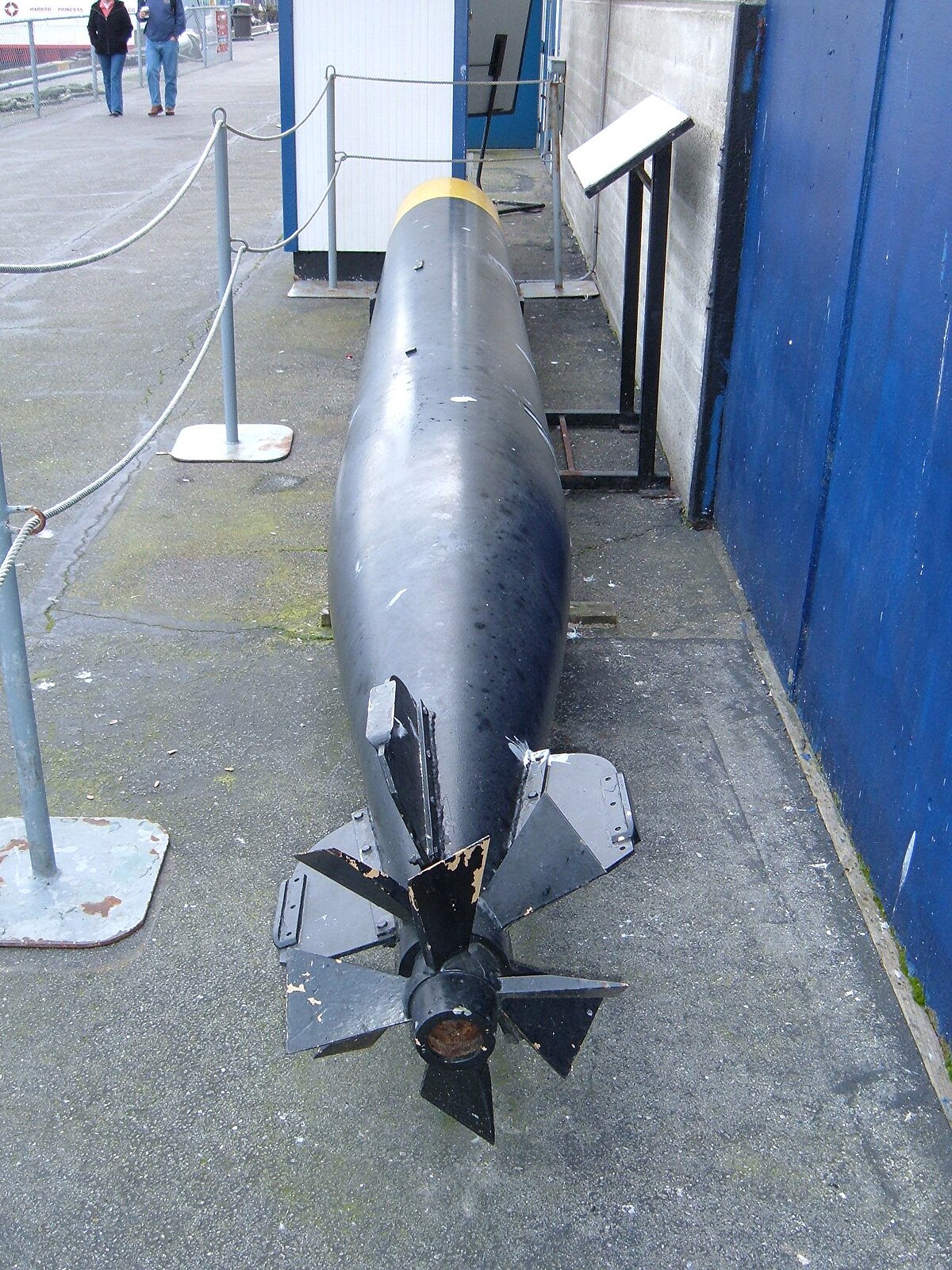The man resolved to protect national resources, boundaries, and sovereignty?: João Goulart, the elected President of Brazil.
João may have been a leftist feuding with Kennedy and the American government for sometime but he earned sympathy from the American public, especially from fishermen of New England some of whom symbolically drove down in a motorcade to the White House and while picketing urged Kennedy to condemn the French despite being a crucial NATO ally.
Caught off guard by the naval action, the Brazilian President must mobilize his nation for war while concurrently imploring for support diplomatically.
And the machine, although not the latest hardware, it was the then still capable Gato-class submarine, a class of boats with vaunted history during the Second World War but in this instance it was the very one which like David slew a mighty Goliath in what would become known as one of the most spectacular upsets in naval history, the calamitic Sinking of the Carrier Clemenceau.
In the history of man, there are critical chapters that forge together a daring individual, a crucial situation, and an innovative technology, fate's fusion of Man, Moment, and Machine.
You are watching Man, Moment, Machine on the History Channel!
Hello, I'm Hunter Ellis. When most individuals reflect on the Cold War, what has been overshadowed are the disputes not fought over ideology nor religion and among the most peculiar occurrences was The Lobster War of 1963, unusual over the natural resource fought over, a crustacean considered a delicacy yet while the dispute between France and Brazil had been brewing for two years, no one envisioned it resulting in blood actually being shed.
_______________________
It was May and for over two years João Goulart was in the midst of an ongoing fishery dispute with foreign vessels from the nation of France.In 1961, a group of French fishermen enjoyed a successful fishing session off the Moroccan coast and they decided to sail westwards in search of lobsters, they finally found an excellent spot off the coast of Pernambuco, in Brazil.
This activity did not go unnoticed by local Brazilian fishermen, however. Fearing they would be ousted from their territory, the Brazilians issued a government complaint, a complaint that was heard by Admiral Arnoldo Toscano and he ordered two corvettes of the Brazilian to force the French ships into deeper water.
The French countered and referred to an international maritime agreement from 1956 which covered fishing and refused to cooperate, the fishermen immediately asked the French government to send their own military fleet. This prompted the Brazilians to declare a state of alert and mobilize all their ships.
On the same day, the Brazilian Minister of Foreign Affairs, Hermes Lima, stated: ‘The attitude of France is inadmissible, and our government will not retreat. The lobster will not be caught.’
On the other side of the Atlantic, the French President, Charles de Gaulle, found it all very irritating. In his mind he believed Brazil was being rather ungrateful, given it had benefited greatly from French financial aid so on February 31st, 1961, he decided to dispatch the 2,750-ton T-53 class destroyer Tartu to escort the fishing fleet. Tartu, however, never reached the fishing fleet – it was intercepted and driven away by a Brazilian cruiser and an aircraft carrier.
Having the upper hand in the situation, President Goulart then gave France forty-eight hours to withdraw all the French boats. As they refused to leave, the Brazilian Navy captured the French vessel Cassiopée off the Brazilian coast on January 2nd, 1962.
Although up to this point no shots were fired, tension rose when the Brazilians denied access to French fishermen within one hundred miles of the Brazilian northeastern coast. Their main argument was that lobsters ‘crawl along the continental shelf’ and therefore belonged to Brazil. The French, on the other hand, claimed that ‘lobsters swim’ and, therefore, belonged to anyone catching them in the ocean.
By April 1963, the situation was still unresolved and both nations were seriously contemplating going to war with standoffs still commencing intermittently into May.
Then disaster happens.
No one knows who fired the first shot with the most likely culprit being an accidental discharge of an emergency flare from an Portuguese merchant ship mistook for missile fire but whether intentional or not it ignited the spark for open conflict.
The Brazilian and French fleets were staring eyeball to eyeball up until that moment, in what would later be known as 'Brazil's shot heard round the world' and a symbolic death kneel of gunboat diplomacy, the dispute was still diplomatic but from that point forward it was argued with blood and within the hour, five vessels were taking on water and at least eight hundred lives had been lost, all over lobsters.
Later on in the night, the sole aircraft carrier, the flagship and pride of the French fleet, the Clemenceau, was sunk in a daring submarine attack led by Commander Serrano of the Brazilian Navy, a feat which is still studied at naval academies across the globe.
_______________________
Hunter Ellis - Host of Man, Moment, Machine on the History ChannelGalveston Naval Museum in Seawolf Park on Pelican Island, just north of Galveston, Texas
December 31st, 2006 - 2:00 PM
This is the U.S.S. Cavalla, a Gato-class submarine similar to her sister boat sold to Brazil the Riachuelo, formerly the U.S.S. Paddle, and it is diesel powered with a range of eleven thousand nautical miles. While the fact that her engine are diesel instead of nuclear may seem flawed and outmoded, the advantage is quiet compared to her more recent contemporaries equipped with nuclear propulsion and judging a book by its cover is shortsighted.
Now of course this was not the only time a carrier was sunk in history, in fact the U.S.S. Archerfish’s sinking of the unescorted Japanese carrier Shinano is closely comparable to the Brazilian’s strike against the Clemenceau but as of today only Brazil have successfully sunk an enemy aircraft carrier with a submarine since the Second World War.
But back in 1963, while the threat posed was not unknown, the French Navy overlooked a capability the Brazilians possessed and yet once the hapless Clemenceau, the pride of the French Navy, was within the crosshairs of the periscope, it was at the submarine's mercy.
_______________________
Capitão de Fragata Felipe Serrano - Riachuelo (S–15), Brazilian NavySomewhere in the South Atlantic
Thursday, May 2nd, 1963 - 4:28 PM
The sailors aboard the Gato-class submarine formerly christened as the U.S.S. Paddle (SS-263) until sold to Brazil couldn't believe their luck as in the sights of the periscope was the pride of the French Navy, their sole carrier the Clemenceau yet slipping past the escorting T53-class Destroyers was a feat in itself. And it appeared that all of the accompanied squadrons were on the flight deck instead of out on patrol or strafing their countrymen.
What was perplexing however was the decision to leave the carrier unguarded but no matter as this was a miraculous target of opportunity and a golden one at that. "Range, two hundred meters!" The Commander barked as he targeted the exposed French flagship.
The Brazilian crewmen loaded the torpedo tubes and prepared the munitions for launch but the Executive Officer, Capitão de Corveta Fulvio Villanueva, decided to recommend a drastic course of action, one which would leave the submarine without any of her torpedoes just to cripple or optimistically sink the enemy's sole yet state-of-the-art aircraft carrier.
"I recommend firing all torpedoes, sir, we may only have one chance!"
There was only one clear answer as his fellow officer was right, there may be only one chance and it was now or never."Do it."
_______________________
The aftermath of this conflict was not without repercussions. Following the ground campaign and complete capitulation of the French garrison, the overseas department of French Guinea was relinquished to Brazil as compensation in the Treaty of Marblehead while an embittered Charles De Gaulle lost face and was forced to resign, only to be gunned down live on television by Edmond Jouhaud, the very man wanted for being a co-leader of the unsuccessful Algiers Putsch two years prior and hiding in plain sight.France never recovered from the loss of prestige on the world stage, embarrassment after embarrassment in the Post-War from Indochina and Algeria to what was seen as a superfluous conflict for the sale of gluttony and in the wake of the disastrous defeat would in time lead to an economic collapse with the International Monetary Fund refusing relief and the Great Commune Uprising shook the national consciousness, even today after the Fall of the Soviet Union, France is unofficially considered to be a third world nation and officially among the most impoverished nations in Europe with rampant crime, endemic corruption, and countless slums: a shadow of itself.
By contrast, Brazil was recognized as a regional powerhouse, wise investments and industrialization led a revitalized São Paulo to become the ‘Versailles of Latin America’ in 1991 and Brazil is one of the most stable nations on Earth.
But in the end, perhaps there’s no greater praise for the bravery and determination of Brazilians than from Vo Nguyen Giap himself, who reportedly remarked in 1963 - just two years before the United States entered the Vietnam War and a decade prior to Hanoi being renamed Diem City - that he wished that he had Brazilians under his command as each Brazilian was worth more than fifty of his men at Dien Bien Phu.
Until next time, this was Hunter Ellis for Man, Moment, Machine on the History Channel.
Last edited:


